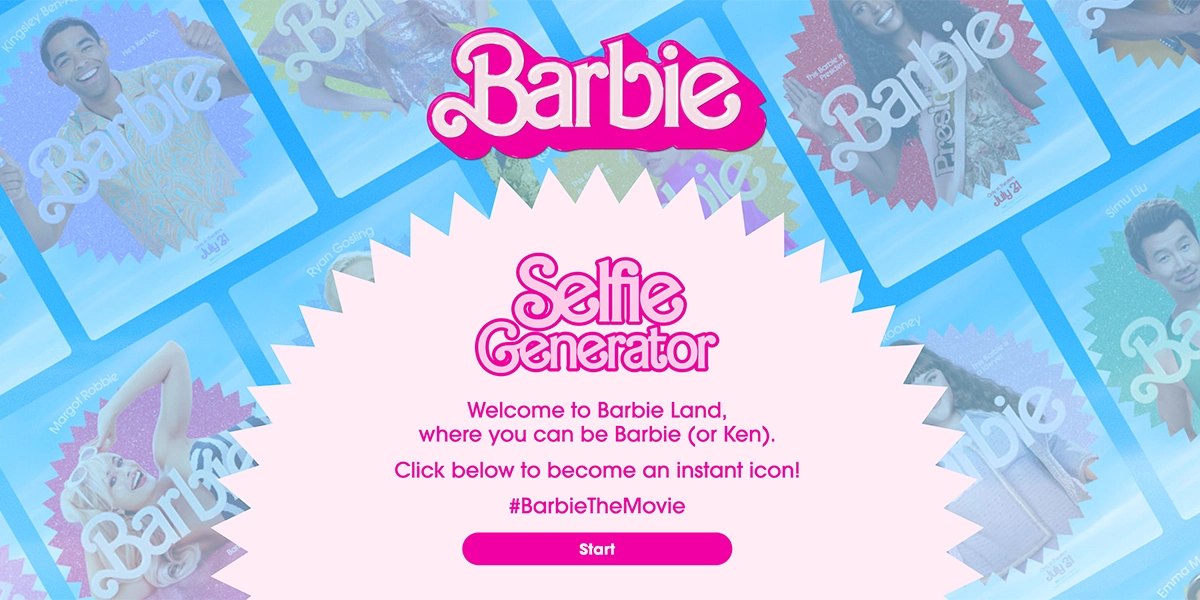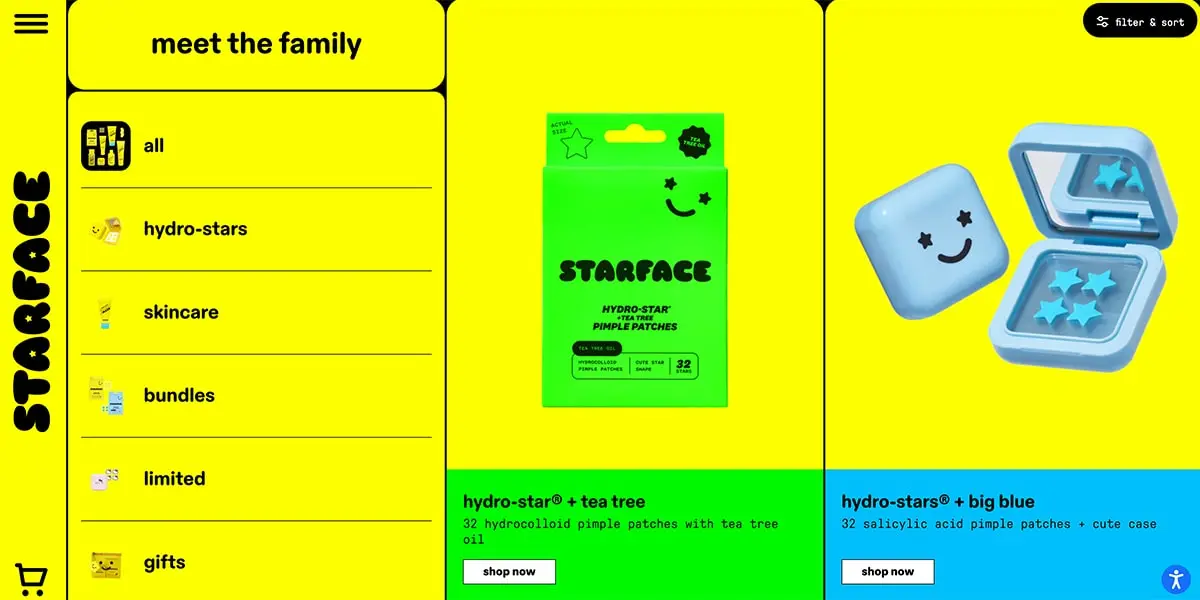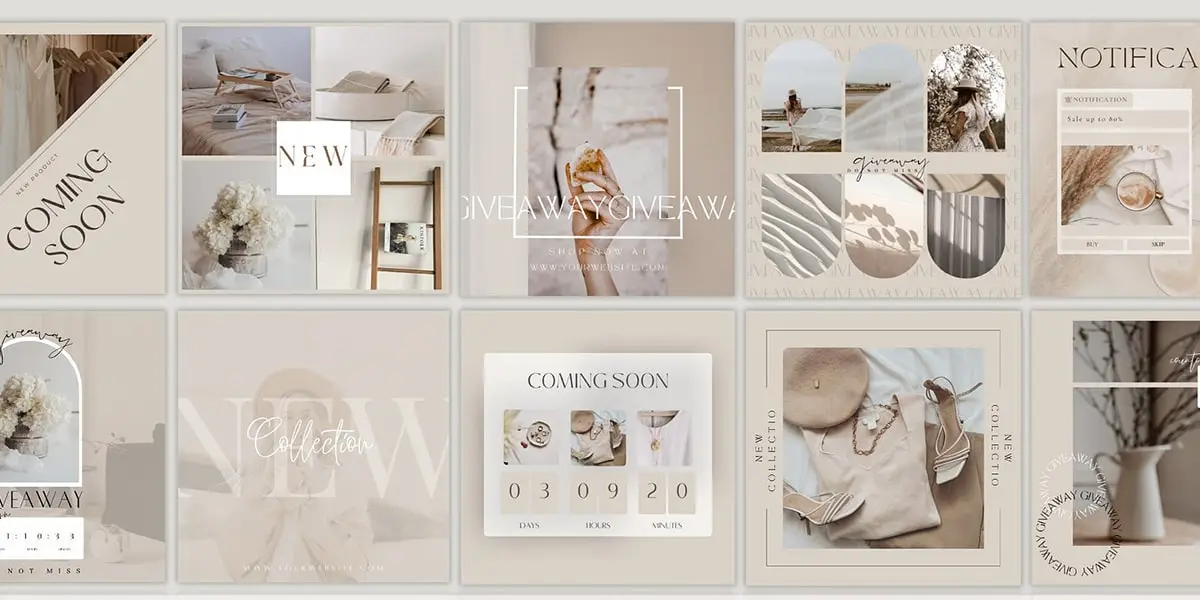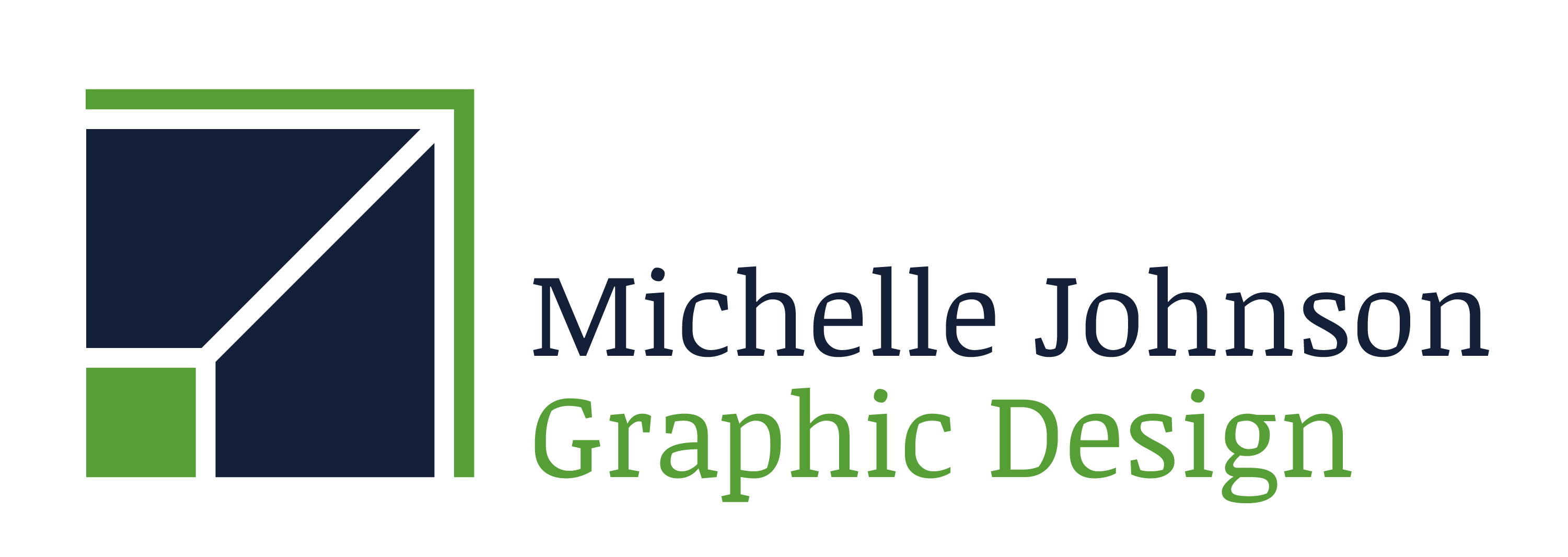When I started my design business, I went into it knowing my role would span administration, client relations, and the design work itself. But what’s surprised me the most over the years is how much my clients have to learn about what they’re hiring me to do. One of the biggest parts of my job as a designer actually has very little to do with design at all.
What do I do instead? Education.
Almost every conversation I have with my clients involves teaching them about what good design looks like and why they should make it a priority. This is fine and completely normal – it’s my expertise, after all.
My clients typically know what they want from me. A brochure, branding guidelines, package design, this kind of thing. The final product. When we start digging into the purpose of the work, though, we often end up in a negotiation because principles of good design are sometimes at odds with clients’ personal taste or expectations.
These are challenging conversations to have for two reasons:
- I want to deliver an end product that my clients see value in. It’s important that they feel like I’m meeting their expectations with my work. I need us to be on the same page about how to solve the design problem.
- I end up having to convince them why they’re wrong. It’s uncomfortable for everyone involved to say to a client, “This won’t achieve its objectives if we do it this way.”
So what’s the answer? How can businesses who need design work approach the process in a way that sets them up for success?
There are five (and a half) things every potential design client should know.
One: Simple Sells.

Don’t be afraid of white space! It works!
This applies to almost everything in the design world. For customers, having fewer options leads to easier decision-making. The same goes for packaging, vehicle wraps, advertising, and beyond. The easier it is for your potential customers to “get” what you’re trying to tell them, the more likely they are to engage.
Simplicity is powerful. No amount of text or images can replace the effectiveness of a short, crisp message. It’s the backbone of good design.
Two: It’s impossible to be all things to all people.

Barbie knew who their ideal audience was and marketed accordingly. And WOW did it ever work!
No matter what market you’re in, it’s segmented. Virtually no business can expect to draw in every type of consumer, so the risk of reaching no one increases when you try to reach beyond your target market.
A good designer will make sure your target market is always the focus in their work. But as solid as their grasp on the design direction is, the client also needs to maintain that perspective through their feedback.
Three: Brains navigate all information the same way.

All designers learn this in school. Source.
There is a basic set of processes that brains follow when they take in information.
With english text, both on a screen and in physical form, the eyes follow an F pattern. They scan the page starting from the top left corner and move left to right across the page. Arranging the most important information into touch points that follow this pattern ensures the message gets across.
Colours have meaning. Cool colours like blue and green? They convey trust and dependability. Orange and red? Optimism, confidence, and excitement.
Information needs to be arranged in a hierarchy to be best understood. Size, colour, and font are just three ways to communicate the most important concepts. A wall of text is never the answer.
Calls to action work.
Your designer follows these rules because they make for fundamentally sound design.
Four: Consumer interpretations about what looks professional changes. Often.

The Starface website reads as legit and professional to its target audience (teens).
Marketing studies are valuable for a reason. They’re the regular window into consumer behaviour for marketers, designers, merchandisers, and all sorts of other professionals. And without them, those same professionals would be working without a map.
At the same time, we collect massive amounts of casual data just by being out in the world and being exposed to thousands of examples of branding every day. It’s no surprise that most clients have a sense of what’s in vogue before they embark on design projects.
That being said, the rate of change in design best practices and consumer information is incredibly fast. Trust your designer when they share information on consumer data. It might be unfamiliar or unexpected, but it’s what will be most effective for your business.
Four ½: Good design isn’t about style, it’s about brand communication.

You can find Canva templates that use good design… but does it match your actual branding?
Speaking of consumer trends, just because something is trendy doesn’t mean it’s good design. Lots of clients come into the design process with a sense of what they think is stylish and hope to incorporate it into their projects.
Clients guide the design process, but the biggest influence on whether something is good design is its adherence to the brand itself. There’s little value in moving away from established brand guidelines in pursuit of fleeting style. It just won’t reach the customer in the way it was intended.
Five: A client’s personal style preferences might not match what appeals to their customers.

This is a lovely warm layout. But imagine if the client just didn’t like the colour brown?
There can often be tension between a client’s desire for work that appeals to them and a design approach that will appeal to their target market. It’s not the client’s fault that they want to feel drawn in by the work they’re paying for – their feedback is a big part of the process. So is their opinion of the work.
The big disclaimer to that statement is this: effective branding speaks to the customer, not the client.
Ignore the desire to move design toward your personal preference. Pulling design in multiple directions only dilutes the effectiveness of the message. Your designer is always thinking about it and you should, too. First and foremost, a designer’s role is to solve the problem, so let them do it.

